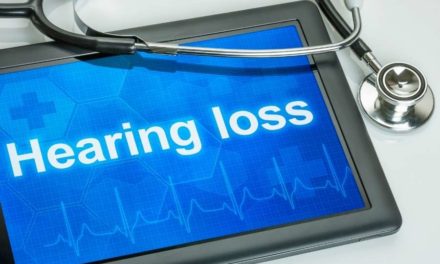There are many ways to assess your true fitness level, for the average person, it is important to know –in layman’s terms- how you measure up for your age, whether you are at risk of developing poor health, or if you’re doing well or even excelling.
The benefits of assessing your true fitness level are many; it not only helps to maintain a healthy lifestyle, but also improves your psychological health by boosting serotonin levels, and will also make you more attractive to the opposite sex.

In terms of fitness, there are many quantifiable measurements that you can use to get an accurate picture of how healthy you really are; these include:
- Cardiovasuclar health (heart rate)
- Speed
- Flexibility
- Strength
- Endurance
It is a good idea to get a measurement of each of these, even if you’re only looking to focus on one area (such as speed or strength). This will not only help you to focus on one particular area, but will also ensure you do not neglect another important factor of fitness.
Here are a few simple tests you can do to measure your fitness level and ensure that you are maintaining a good level of fitness for your age.
1 – Walk For One Mile

Walk for one mile, then measure your pulse immediately afterwards. The best way to measure your pulse is to place your index and middle finger on the side of your neck (do not use your thumb, as this has its own pulse), here you should be able to feel your pulse. Set a stopwatch for 15 seconds, and count how many beats you feel in that time, then multiply it by 4. This will give you your Beats Per Minute (BPM).
Now you just need to take the number 205, and deduct from it half of your age. This will tell you what your Maximum Heart Rate should be.
Example: If you are 50 years old, that would be 205 – (50/2) = 180 BPM ß Maximum
To work out your ideal heart rate range, take your Maximum heart rate, and multiply it by 0.6 for the lower level, and 0.8 for the higher level.
Example: 180×0.6 = 108 BPM ßLower heart rate and 180×0.8 = 144 BPM ßUpper heart rate
This means that for a 50-year-old, after walking for one mile, if your heart rate is between 108 and 144 BPM, your cardiovascular health is good.















